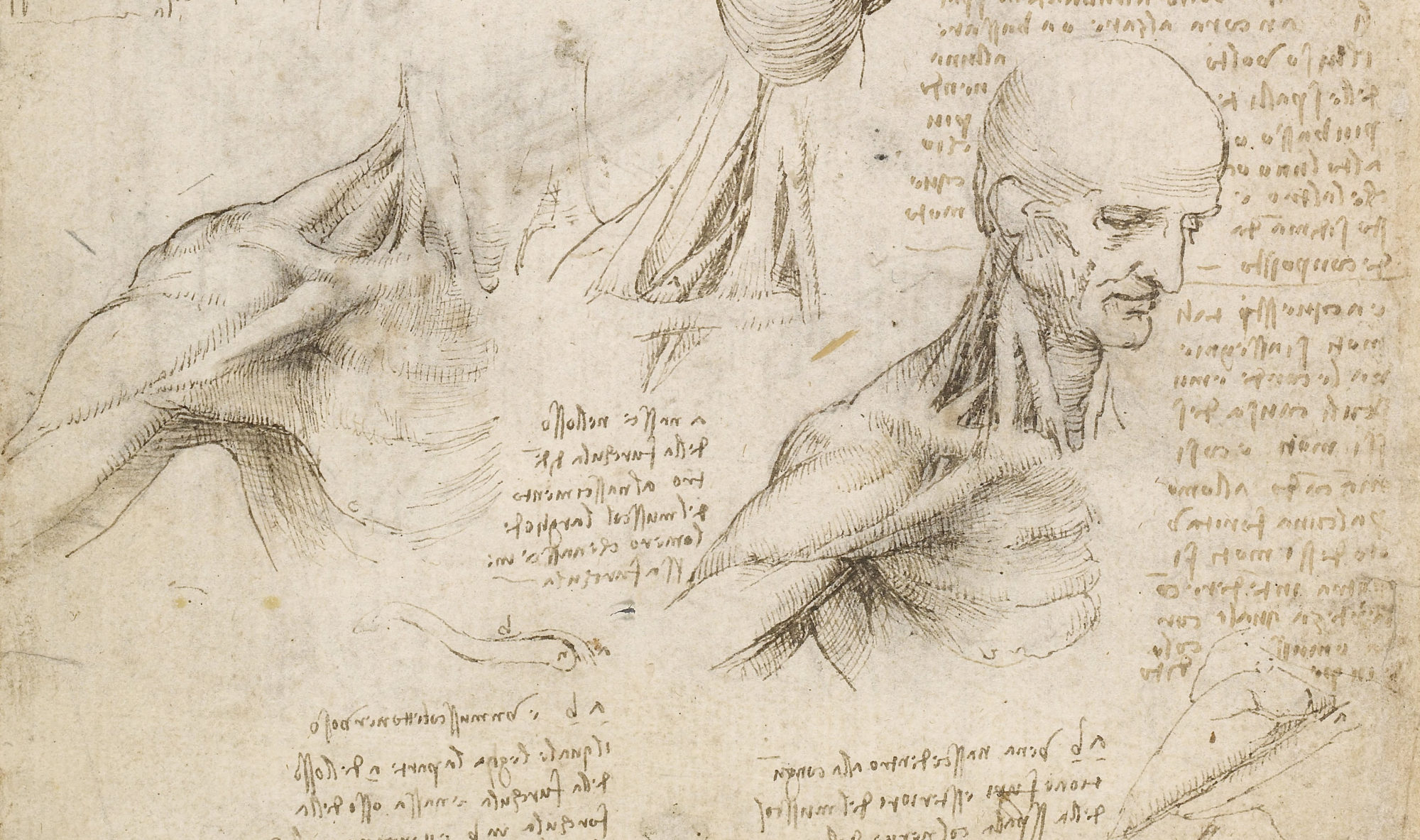This thing just got real! I’m making cheese at home and not just talking about it! I received my order of Making Artisan Cheese: Fifty Fine Cheeses That You Can Make in Your Own Kitchen and some cheese moulds. Even better, whole milk was on sale!! So now I’m making gouda cheese.
Read on to find out who I almost flooded my kitchen and started thinking how I could replace Calcium Chloride.
Gouda recipe version 1
So I picked up the second delivery at the post office (first one is described here), the kids from the kindergarten and decided to make this a true adventure! So off we went, the kids and I to the grocery store to buy some milk (and some reference cheese (and some roses, it’s Valentine’s day anyways, I got to somehow compensate for the mess-to-be in our kitchen)). You can imagine the kids asking why are we making cheese at home, and not buying it from the store.

Ten litres of whole milk later, the kettle was on the stove and heating to 30°C. I used my trusty Anova Sous vide cooker (after thorough boiling of the metal parts) to get the milk to the desired temperature quicker and inoculated the milk with Lyofast MW 039 N mesophilic culture and a protective culture of Lactobacillus Casei 4P1. After a 30 minute hydration of the lyophilized cultures at 30°C I added the rennet.
At this stage, I need to state, that when using homogenized milk, the addition of Calcium Chloride is highly recommended, it helps in the curd formation. I thought I had some left and didn’t order it. Turned out I didn’t. I was almost desperate and was planning on how to compensate using calcium lactate and sodium chloride. I decided not to mess with my milk.
A 45 minute incubation at 30°C seemed sufficient to create quite a nice curd. I cut the curd with a kitchen knife into strips and then used a curd cutter to cut the curd into smaller cubes. After some mixing to separate the whey from the curds, I increased the temperature to 38°C by adding 70°C water in small increments while mixing.


I let the whey separate from the curd through gravitational separation for 30 minutes. The I discarded the whey (I used to write lab notes, this would be “centrifuge with the table for 30min @ 1 G, remove supernatant“)


I then packed the curds into two cheese moulds lined with muslin and initially pressed them with hands to make sure I could fit all of the curds. I then filled the 10 l kettle and used that as a weight.
Interlude
Remember the kids who were a great addition to this story? Well they needed food, and the lightly curdled lukewarm milk wasn’t going to cut it. I threw in some mixed roots from the fridge on a tin and roasted them with some halloumi and olive oil. I used potatoes, broccoli, beet roots, carrots, garlic, carrots. Added some fresh apples and cucumber after it was done and the meal was delicious. Even had some wine with it…

Where was I? Oh yes. So dividing my attention to the cheese, the roasted veggies and the kids caused the ten litre kettle filled with water to fall. I managed to catch it half way down the table, spilling only half of its contents on the floor. A volume of 5 litres is surprisingly lot, when you spread it thinly on the floor. We also have these flooding sensors installed, so as the water seeped under the kitchen cabinets, the alarm went off. Luckily, I managed to reset it before it started sending SMS’s to our neighbours.
Tim Smith writes in his book, that “don’t make other food while you make cheese at home.” I fully agree with him.
The cheese


So after about 20 minutes of compression, I carefully unfolded the muslin, turned the cheese over and started pressing it again. I’m going to turn it once more tonight, then the first thing in the morning and again the next evening.

After the compression and three turns (each 12 hours of compression), I prepared a brine solution of saturated Sodium Chlrodie, a bit of Calcium Chloride (courtesy of a fabulous local brewery Fat Lizard, thanks Topo!). I placed the chunks of cheese in the brine and turned them three times over four hours. Finally the cheeses were placed in the fridge.



